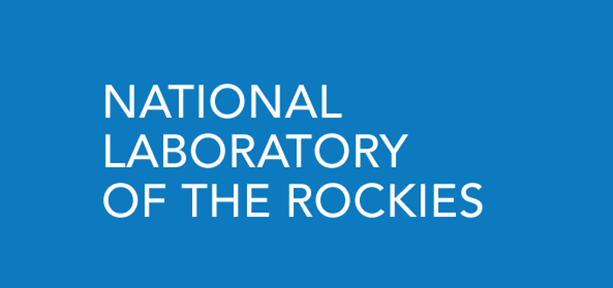BioVEST

Abstract:
BioVEST includes data and spatial modeling tools needed to assign value to ecosystem services. The model allows users to create maps of ecosystem services and their values, and to visualize supply of ecosystem services and their value. Geospatial models consider the juxtaposition of supply and demand.
General Modeling Type:
None
Primary analytical purpose:
Environmental:
Analysis of the environmental effects of bioenergy and bioproduct technologies or feedstocks.
Secondary analytical purpose:
Socio-economic:
Analysis of the economic or social effects of bioenergy and bioproduct technologies or feedstocks.
Metric categories:
- Environmental:
- Air Quality (non-GHG emissions)
- Biodiversity
- GHG Emissions
- Soil Quality
- Water Impacts (quality and/or quantity)
- Other Environmental
- Socio-economic:
- Other Socio-economic (e.g., GDP impact, Investment/NPV)
Geospatial resolution:
None
Temporal resolution:
None
Laboratory:
ORNL - Oak Ridge National Laboratory
Principal investigator:
Yetta Jager
Model start year:
2020
Model last updated:
2020
Development status:
In Development
Level of validation/review:
Internal QA/QC or Peer Review
Links:
(None specified)
Model scope:
Biomass Supply
Feedstock Logistics
Conversion
Distribution
End Use
- Feedstock Types
- Agricultural Residues
- Herbaceous Energy Crops
- Forest Residues
- Forest Resources
- Woody Energy Crops
1
2
3
4
Analytical Purpose
Supply Chain Elements
Biomass Supply
Feedstock Logistics
Conversion
Distribution
End Use
Information last updated: Jan. 30, 2020 09:45:23 EST
